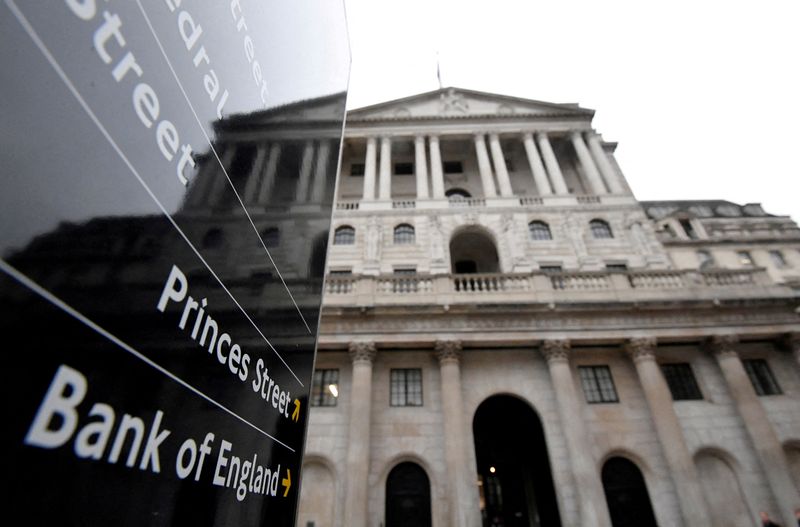PoundSterlingLIVE - Image © Adobe (NASDAQ:ADBE) Images
The odds of a December 19 rate cut at the Bank of England fell after it was announced that more people are employed in the UK than previously estimated following a surge in immigration.
The ONS says it has revised the UK employment rate higher by 0.1 percentage points to 74.6% for the April to June 2024 period.
This means the overall employment level is 313K above pre-covid pandemic levels, rather than being at similar levels as the pre-revision data suggested.
The unemployment rate remains largely unchanged at 4.2%.
The economic inactivity rate is revised lower by 0.1 ppts to 22.1%.
The ONS says the estimation change comes amidst stronger growth in population estimates since mid-2022.
It comes a week after the ONS revised its immigration statistics higher to show a much larger surge in immigration in the post-pandemic period than previously assumed.
What is the significance of this?
It suggests that the UK labour market is in a stronger position than we thought, which means there is less 'slack' in the economy than the Bank of England previously assumed.
A tight labour market has high employment, which means businesses must compete for labour by offering competitive wages.
The Bank of England's economists assume strong wage settlements to be a major driving force of inflation.
The Bank has raised interest rates to fight inflation, but the 'tight' labour market suggests it might have to keep rates at current levels for longer.
The market assumes the Bank will only be able to cut interest rates twice more in 2025, an assumption which has contributed to the Pound's run of outperformance in 2024.
An original version of this article can be viewed at Pound Sterling Live
